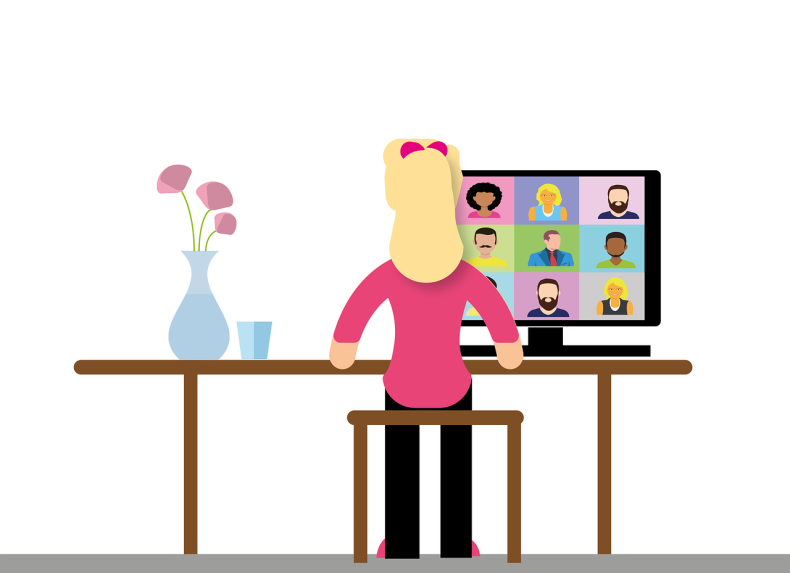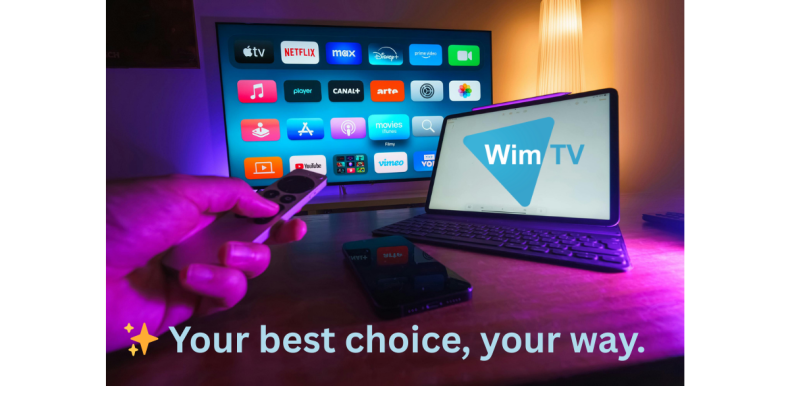Organizing a live streaming event might seem complex, but with the right tools and good planning, you can offer your audience a high-quality, engaging experience. WimTV is a platform designed specifically to simplify the management of webinars, concerts, conferences, and any kind of live event.
Below are the key steps and top tips to host a successful live event with WimTV. For a step-by-step guide, visit the WimTV support site: https://support.wim.tv/ under the “Live streaming” section.
1. Define the goal and format of your event
Start by clarifying the purpose of your event: to inform, train, entertain, or promote a product? The format can vary:
-
Webinar with presentations and Q&A
-
Live concerts or performances
-
Conferences with multiple speakers
-
Interactive workshops
Understanding your goal will help you better structure the content and choose the right tools on WimTV.
2. Plan ahead and communicate the date
Organize everything a few weeks in advance. Choose the date and time while considering your audience’s time zone. Use social channels, newsletters, and your website to promote the event and gather registrations or reservations.
WimTV allows you to create personalized event pages where participants can register easily.
3. Prepare the technical equipment
To ensure smooth streaming, make sure you have:
-
A stable, fast internet connection (preferably wired)
-
A good-quality webcam or professional video cameras
-
A clear microphone with no background noise
-
Proper lighting for filming
WimTV supports high-definition streaming and integrates with encoding software like OBS Studio to manage multiple video and audio sources.
4. Choose the right settings on WimTV
Create your live event on the platform and configure the basic settings:
-
Set access restrictions if needed: public, private, or paid event
-
Customize the look with your logo, banners, and waiting messages
-
Enable monetization options if you want to sell tickets
5. Run a technical rehearsal
Before the event, organize a full test to check:
-
Audio and video quality
-
Connection stability and latency
Involve your team or a few test viewers to gather feedback and fix any technical issues.
6. During the event: engage your audience
Keep your audience engaged with:
-
Clear and exciting introductions
-
Dynamic content and variations in pace
7. After the event: share and analyze
-
Make the recording available for those who couldn’t attend live
-
Collect feedback through surveys or comments
-
Analyze viewership data provided by WimTV: number of viewers, average watch time, interactions
Use these insights to improve future events.
Conclusion
Organizing a successful live event with WimTV is within everyone’s reach, thanks to a flexible and user-friendly platform. By following these steps, you can create valuable experiences for your audience, boost your visibility, and achieve your communication goals.
If you want to explore all the features of WimTV for your live events, sign up now and start your 15-day free trial:
👉 https://platform.wim.tv/#/registration





